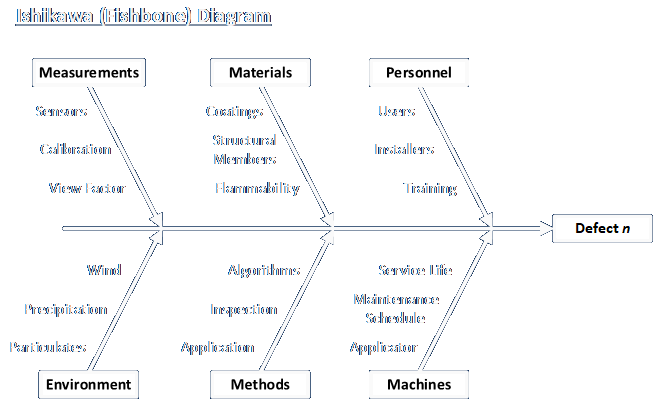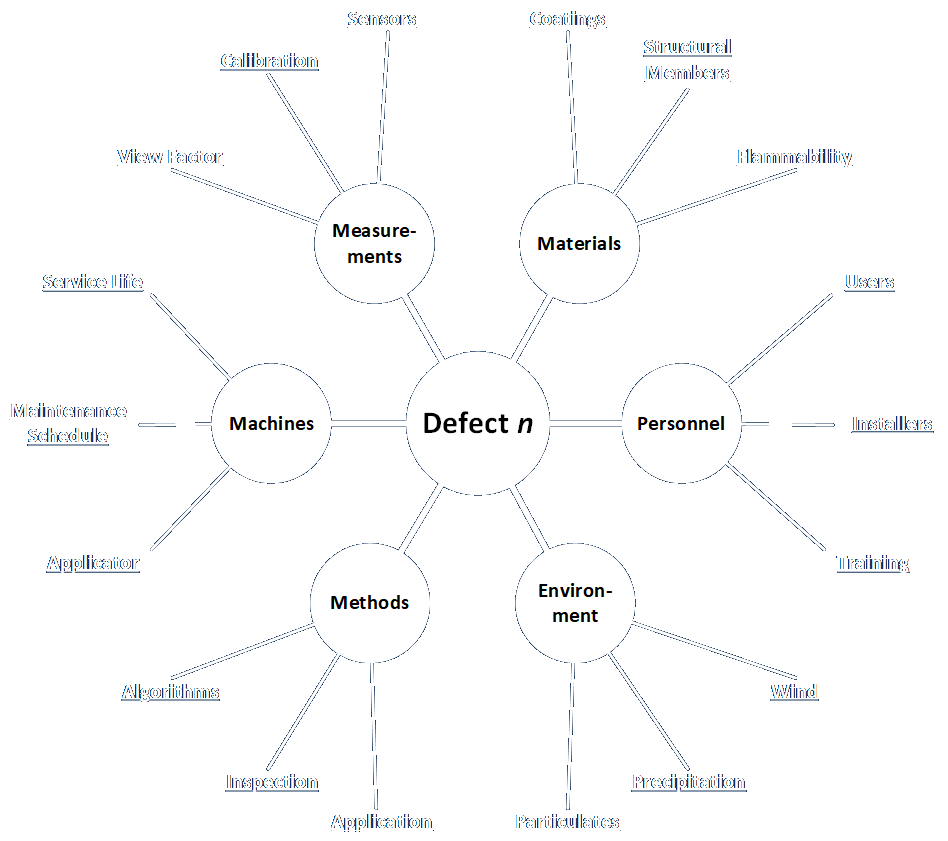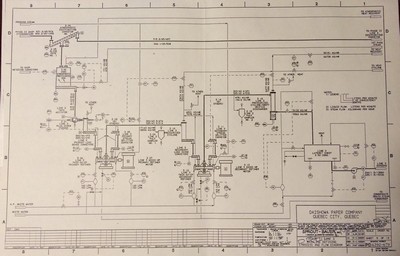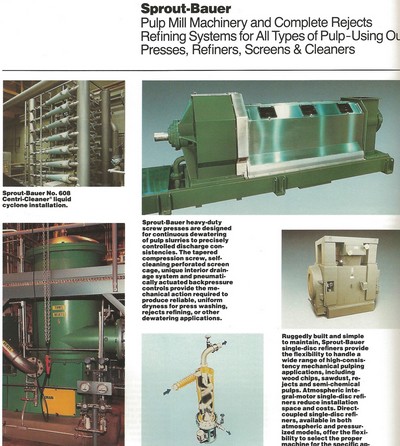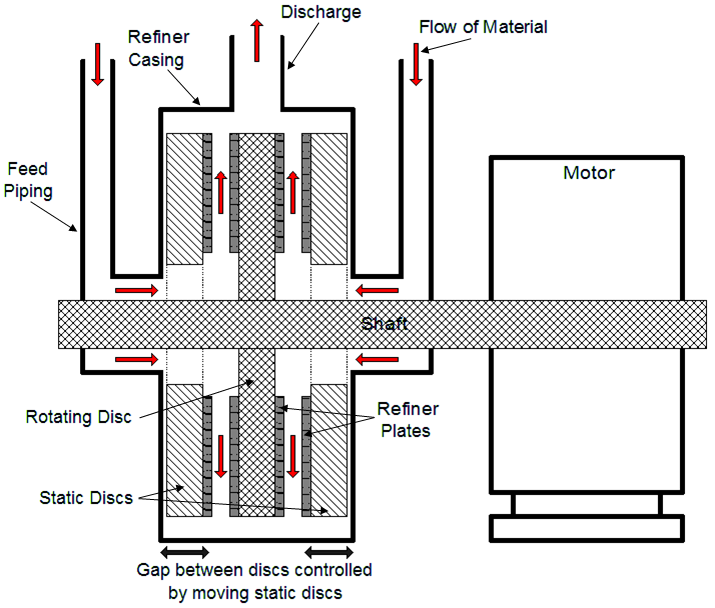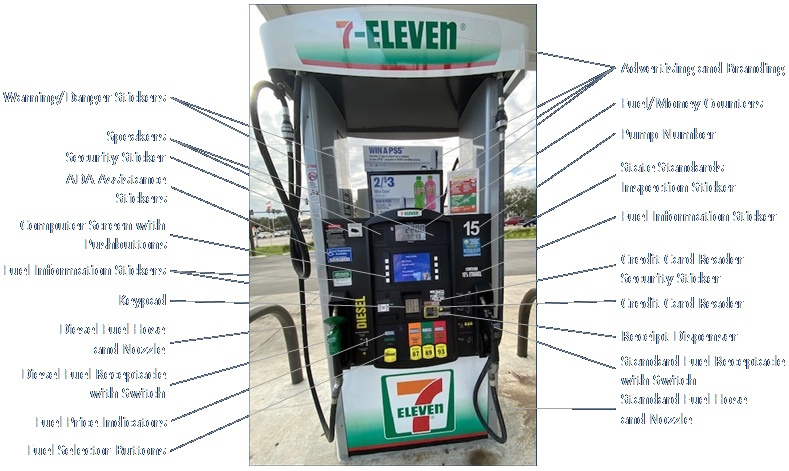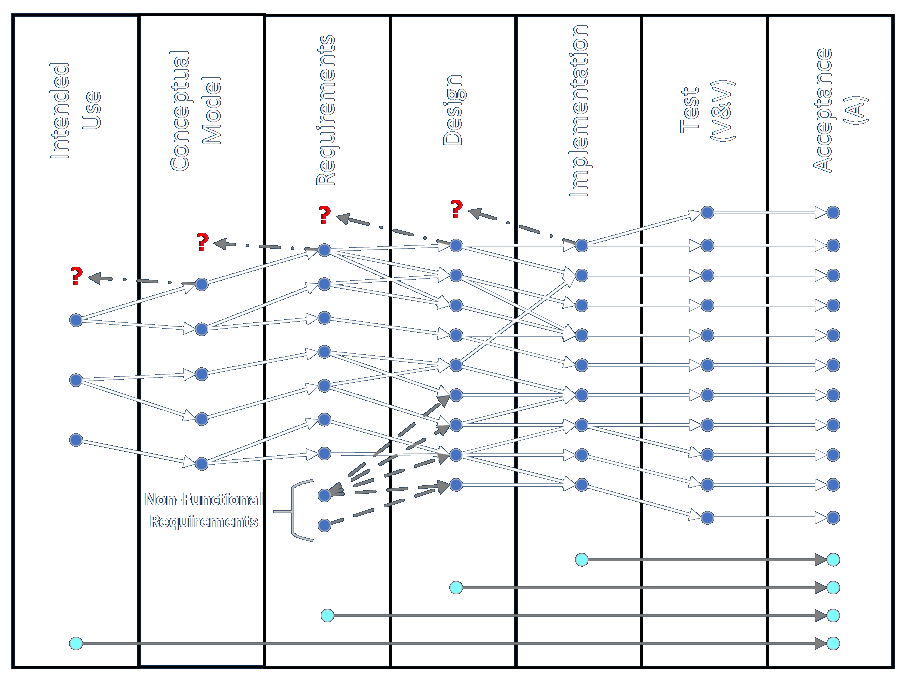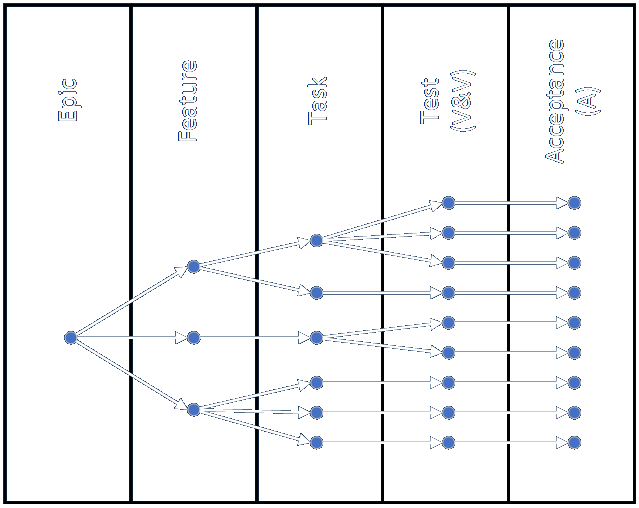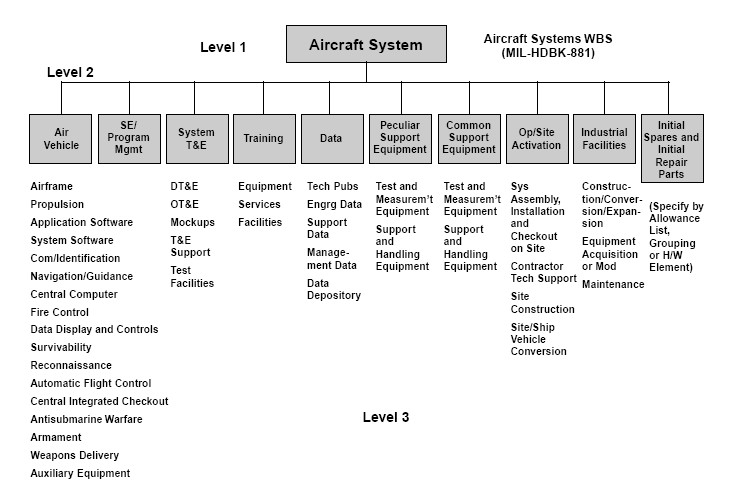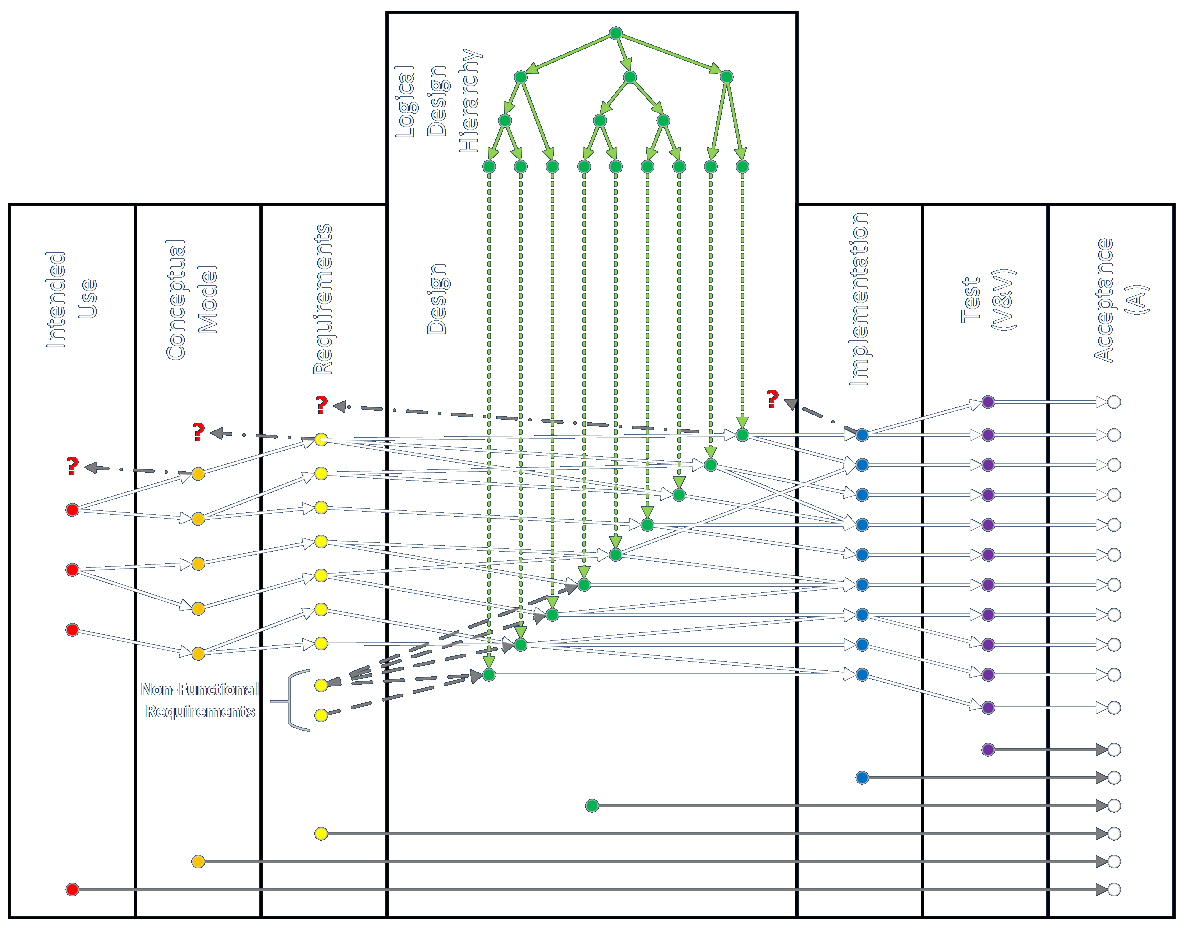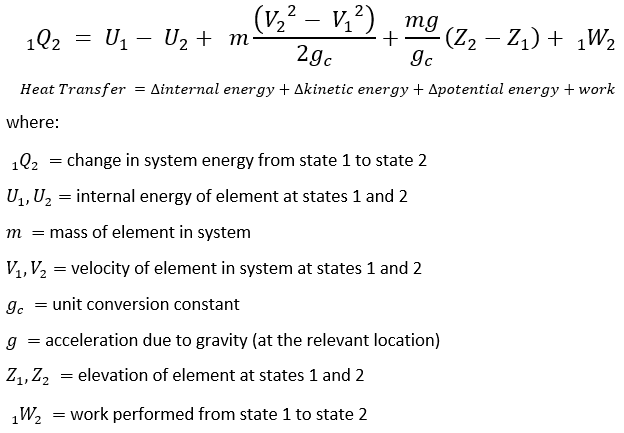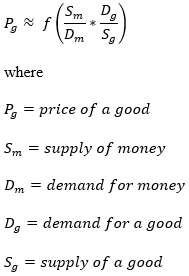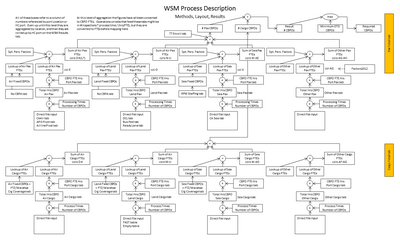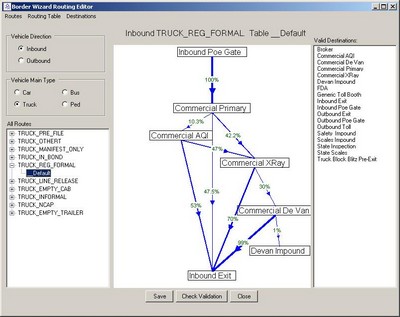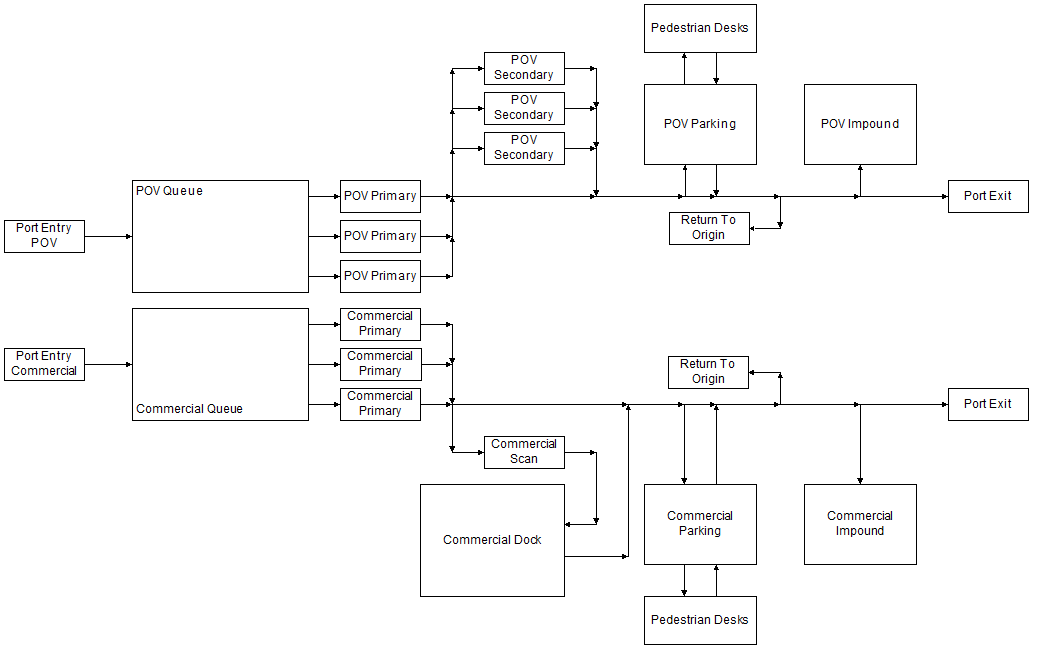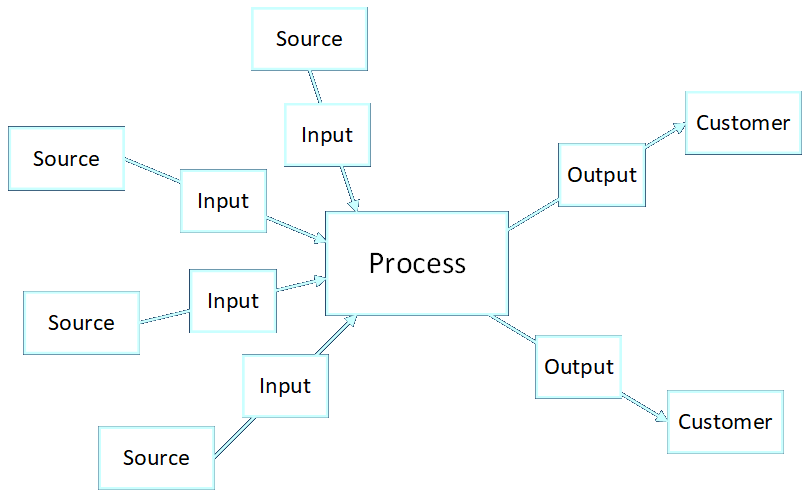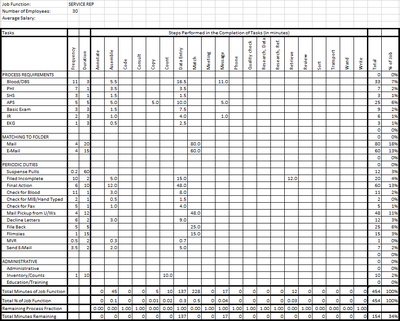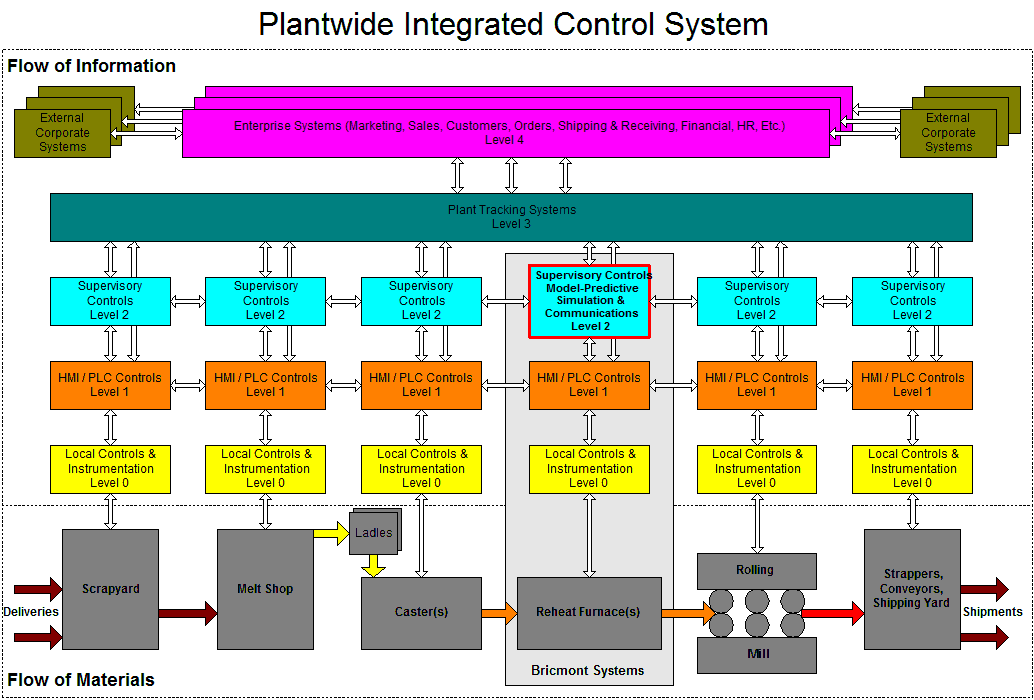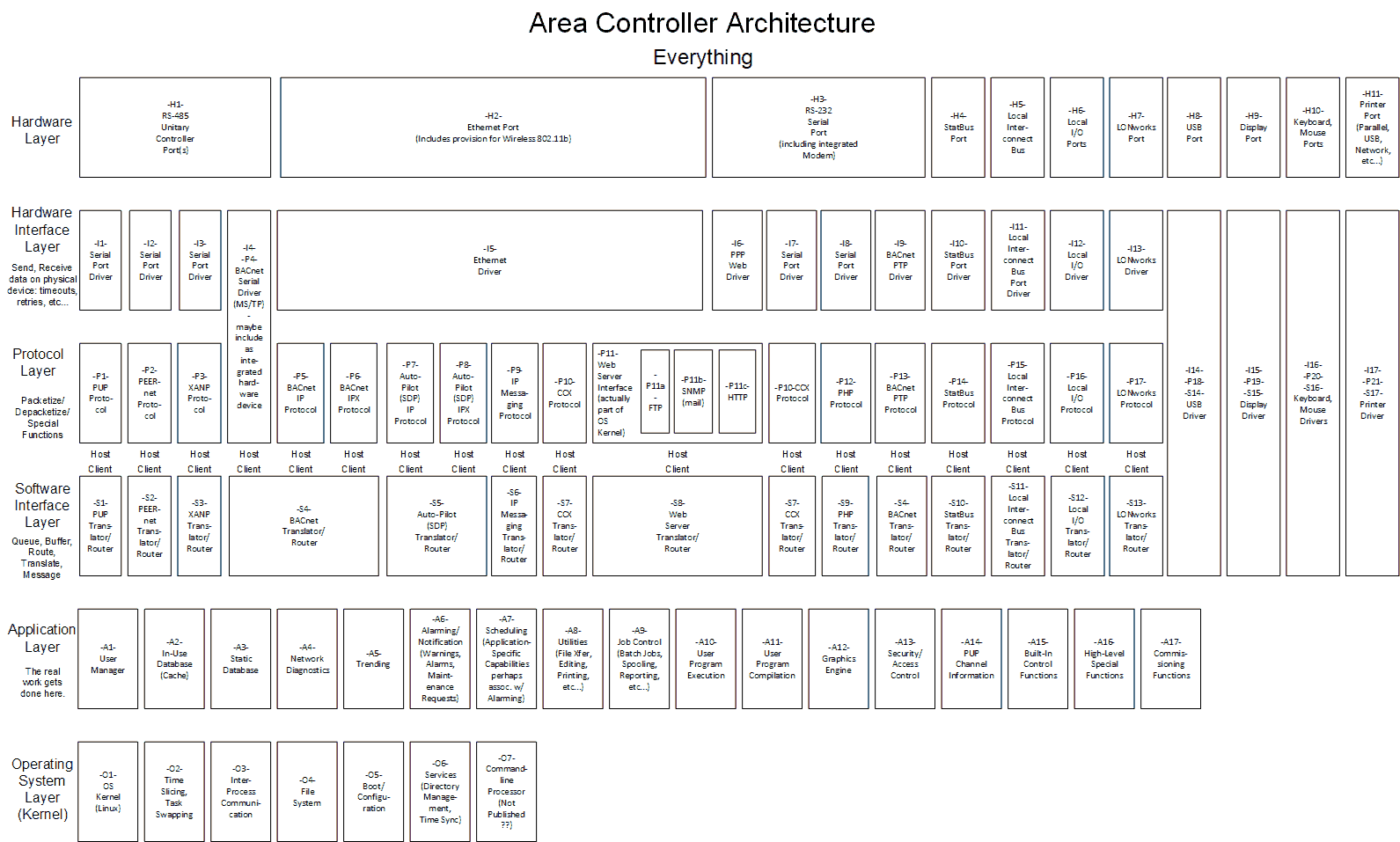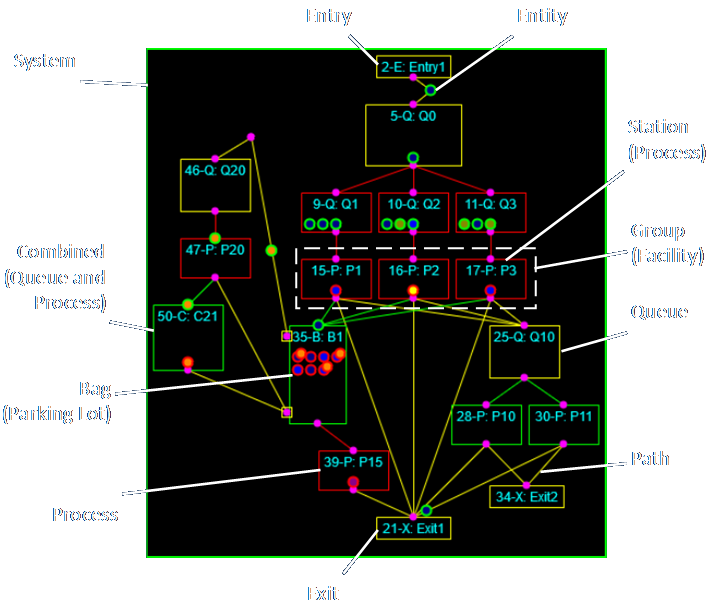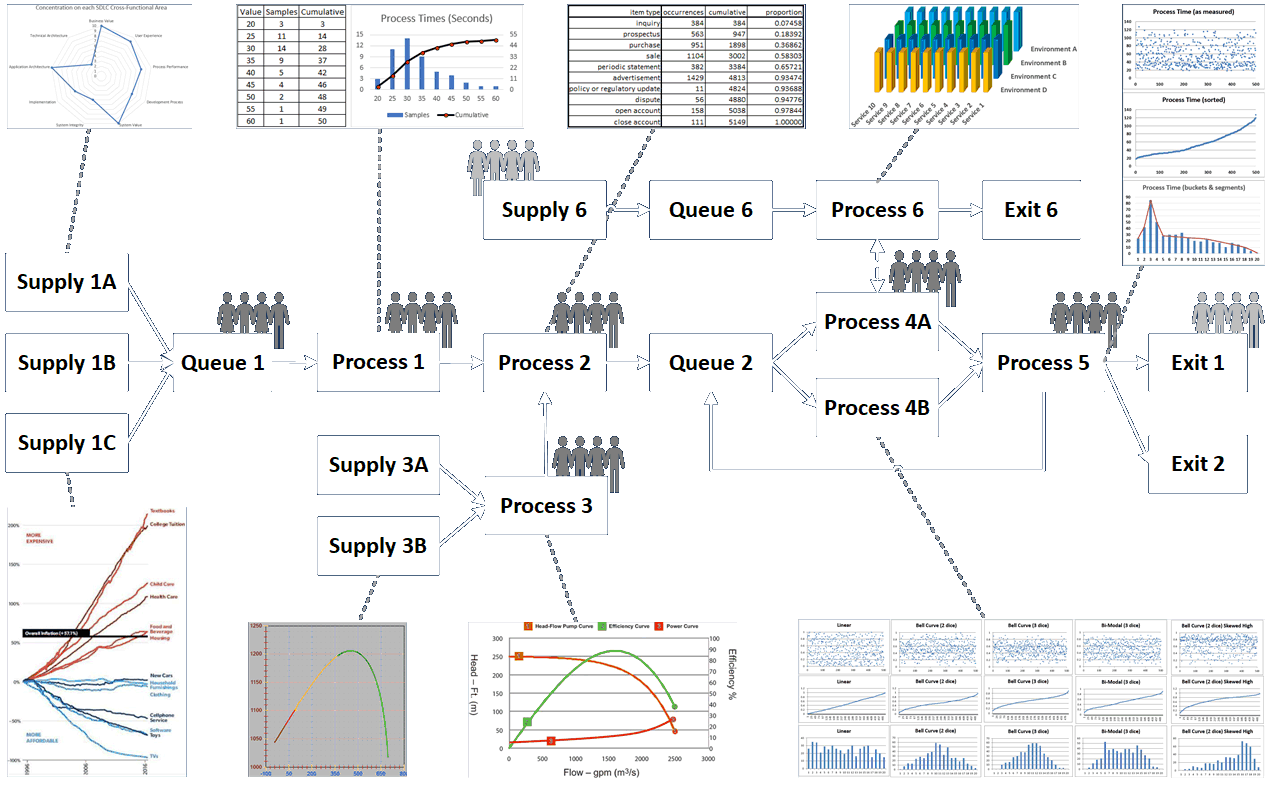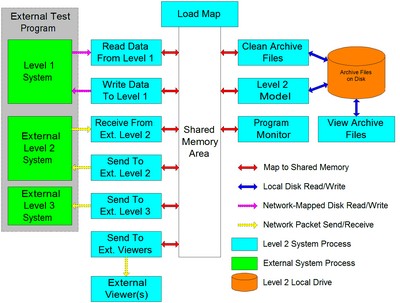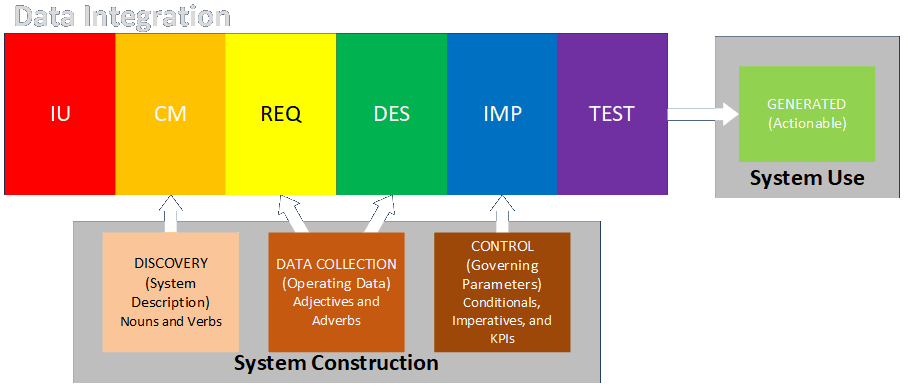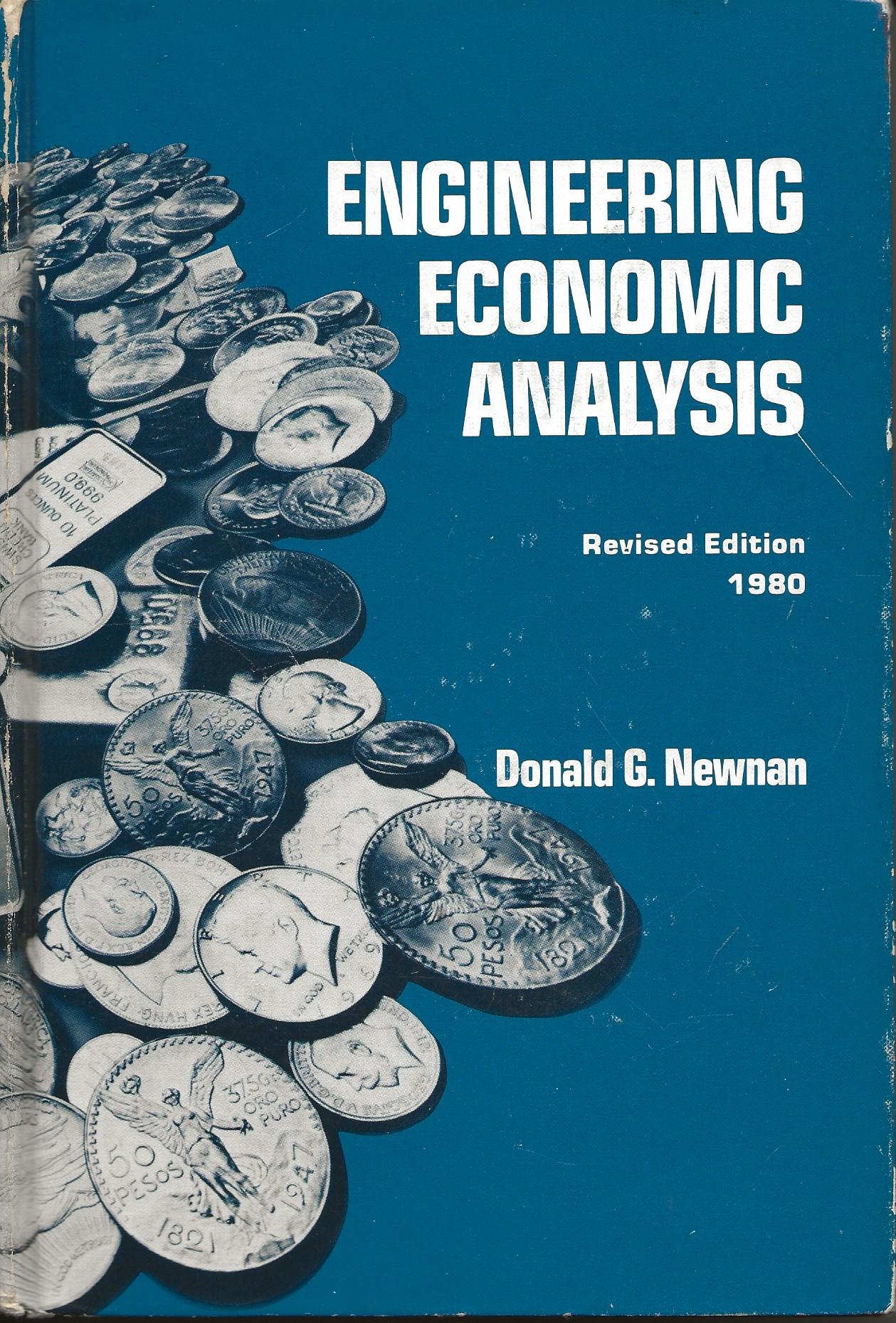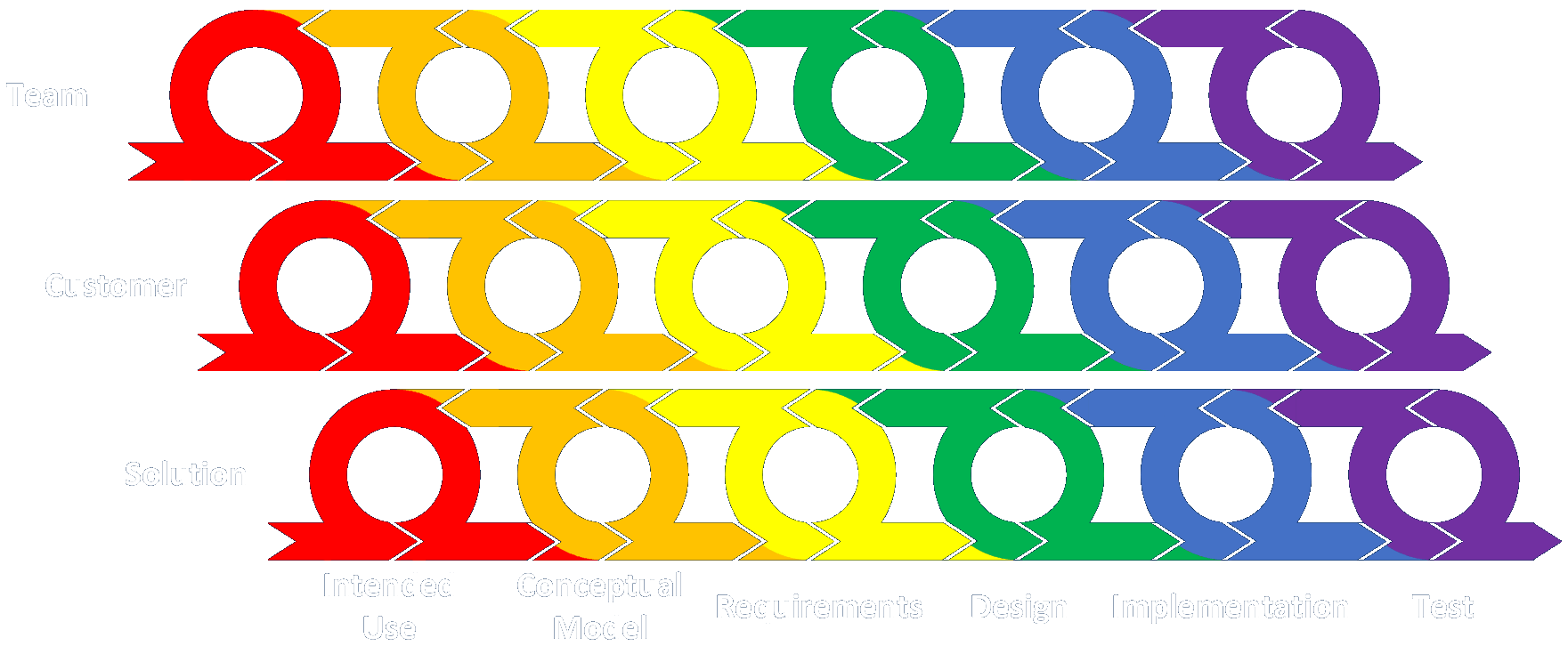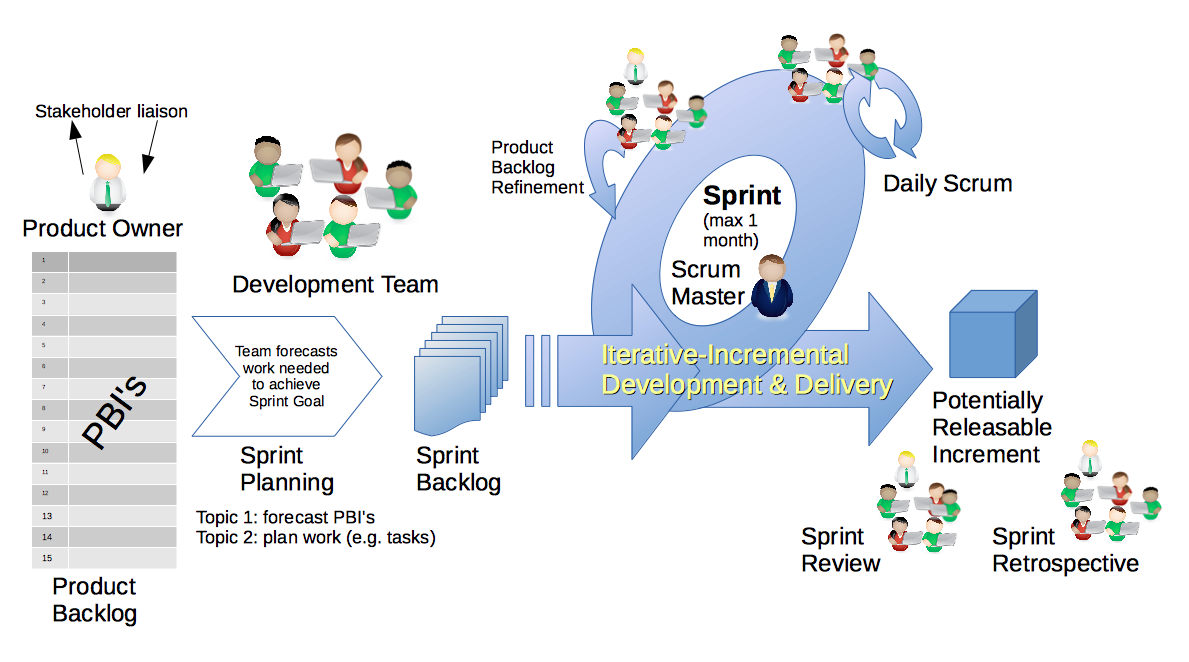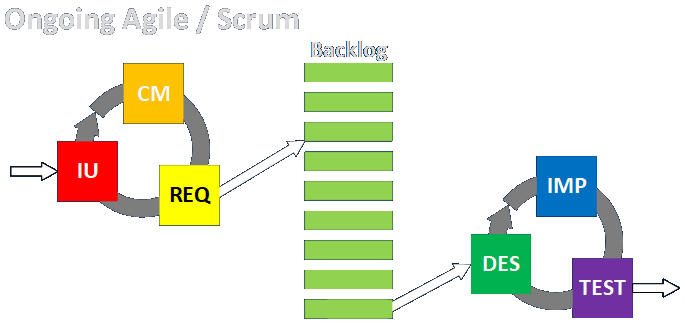/* common.h
this file contains all declarations for the common memory map
*/
const short itcPrograms = 8;
const short itcHeats = 10;
const short itcZones = 5;
const short itcPosns = 50;
const short itcRows = 2;
const short itcHigh = 7;
const short itcWide = 21;
const short itcNodes = 147; //itcWide * itcHigh;
const short itcBandWid = 8; //itcHigh + 1;
const short itcMatls = 1;
const short itcCFPnt = 12;
const short itcMaxGaps = 5;
const short itcPceTypes = 1;
const short itcSoakZoneBegin = 67 * 12;
const short itcIntermediateZoneBegin = 41 * 12;
const short itcExternals = 8;
const float rtcBotView = 0.96565;
const float rtcEfurnace = 0.90;
const float rtcEsteel = 0.79;
const float rtcKRad = 0.1713E-8 / (3600.0 * 144.0);
const float rtcRadCof = rtcEfurnace * rtcEsteel * rtcKRad;
const float rtcTabs = 459.67;
const float rtcTstep = 40.0;
const float rtcITstep = 1.0 / rtcTstep;
struct TPc {
char piece_id[7]; //7
char melt_grade[3]; //10
float thickness; //14
float width; //18
float length; //22
float aim_temp; //26
float aim_diff; //30
float priority; //34 + 2 as a filler
};
union TKVInMsg {
struct {
char stx[3]; //3 + 1 filler
TPc rows[2][50]; //3604
char time[15]; //3619
char okflag; //3620
char etx[3]; //3623 + 1 filler
} msg;
struct {
char fred[3800];
} str;
};
struct TKVOutMsg {
char row1ID[7];
char row2ID[7];
short row1Temp;
short row2Temp;
short request;
};
struct TArcKVIn {
double fTime;
TPc pieces[2];
short okflag;
short count[2];
};
struct TArcKVOut {
double fTime;
TKVOutMsg data;
short row1count;
short row2count;
};
union TArcSlb {
struct {
short iTag;
double fTime;
} base;
struct { //iTag = 0
short iTag0;
double fTime0;
char sPieceID[8];
char sGrade[4];
short iRebuildFlag;
} charge0; //22bytes
struct { //iTag = 1
short iTag1;
double fTime1;
short iThicknessX10;
short iWidthX10;
short iLengthX10;
short iPriority;
short iAimTemp;
short iAimDiff;
} charge1; //22 bytes
struct { //iTag = 2
short iTag2;
double fTime2;
short iFceMode;
short iPceMaxT;
short iPceMinT;
short iPceAvgT;
short iTopTFce;
short iBotTFce;
short iFcePosn;
} rundata; //26 bytes
struct { //iTag = 3 //discharge or event
short iTag3;
double fTime3;
short iEventType; //1=disch 2=entered intermediate 3=entered soak 4=deleted
double fElapsedTime;
short iDischTemp;
short iDischDiff;
} discharge; //24 bytes
struct { //iTag = 4 //edit
short iTag4;
double fTime4;
char sNewID[8];
short iNewAim;
bool lNewGrade;
} edit; //20 bytes
};
struct TPieceData {
char sPieceID[8]; //ID, string
char sGrade[4]; //material grade, string
short iPriority; //priority, control higher first, dim0
short iAimTemp; //desired discharge temperature, °F
short iAimDiff; //disired differential temperature, °F
short iStatus; //status of pc data, dim0
float rLength; //length, |-- to travel, in
float rWidth; //width, || to travel, in
float rThickness; //thickness, above hearth, in
float raT[itcWide+1][itcHigh+1]; //nodal temperatures, °F
float rLocation; //distance from beginning of fce, in
float rTFceTop; //temp above piece, °F
float rTFceBot; //temp below piece, °F
float rTAvg; //current average temp, °F
float rTHi; //current highest temp, °F
float rTLo; //current lowest temp, °F
float rTDiff; //current differential temp, °F
float rLTAvg; //predicted average temp, °F
float rLTHi; //predicted highest temp, °F
float rLTLo; //predicted lowest temp, °F
float rLTDiff; //predicted differential temp, °F
float raVFSkid[itcWide+1][8][8]; //bottom view factors, norm 1=square, 2=norm, 3 = norm,ofs, 4 = ofs, 5 = ofs,center, 6 = norm,ofs,center, 7 = norm,center
// skids @ -28.25,-22.75, 0.0, 22.75, 28.25, []-22.75, []28.25
float raDSkid[itcWide+1][8][8]; //distance to skid
float raWSkid[itcWide+1][8][8]; //width of skid at that distance
short iSkid1a;
short iSkid1b;
short iSkid2a;
short iSkid2b;
short iCenter;
bool lInFce; //flag for piece in fce, logical
bool lCalcFlag;
short iArcIndex; //which archive record written next
TArcSlb uaArcRecords[4]; //archive record buffer
TDateTime fChargeTime; //time piece charged
int dTimeRemaining; //estimated time until piece discharges
char sArchiveFileName[50]; //name & location of archive file
};
struct TZone {
short iTC1; //2
short iTC2; //2
float rTAv; //4
short iMTC; //2
short iL1Spt; //2
short iL2Spt; //2
float rFuelPct; //4
float rAirPct; //4
float rMode; //4
}; //26 bytes
struct TDisplayPieceData {
char sPieceID[8]; // 8/ 8/ID, string
char sGrade[4]; // 4/12/material grade, string
short iPriority; // 2/14/priority, control higher first, dim0
short iAimTemp; // 2/16/desired discharge temperature, °F
short iAimDiff; // 2/18/disired differential temperature, °F
short iStatus; // 2/20/status of pc data, dim0
float rLength; // 4/24/length, |-- to travel, in
float rWidth; // 4/28/width, || to travel, in
float rThickness; // 4/32/thickness, above hearth, in
float rLocation; // 4/36/distance from beginning of fce, in
short rTFceTop; // 2/38/temp above piece, °F
short rTFceBot; // 2/40/temp below piece, °F
short rTAvg; // 2/42/current average temp, °F
short rTHi; // 2/44/current highest temp, °F
short rTLo; // 2/46/current lowest temp, °F
short rTDiff; // 2/48/current differential temp, °F
short rLTAvg; // 2/50/predicted average temp, °F
short rLTHi; // 2/52/predicted highest temp, °F
short rLTLo; // 2/54/predicted lowest temp, °F
short rLTDiff; // 2/56/predicted differential temp, °F
bool lInFce; // 2/58/flag for piece in fce, logical
TDateTime fChargeTime; // 8/66/time piece charged
int dTimeRemaining; // 4/70/estimated time until piece discharges
}; //70 total bytes + 2 spacers
struct TViewData {
char sDummy[4]; //- 4/
TDisplayPieceData PC[itcPosns][itcRows]; //-7200/
short iaAlarms[10]; //- 20/
double faLevel2Elapsed[itcPrograms]; //- 64/ time since last iteration began
TDateTime faLevel2Start[itcPrograms]; //- 64/ time last iteration began
short iaLevel2Cycle[itcPrograms]; //- 16/ number of seconds for typical loop
short iaLevel2Death[itcPrograms]; //- 16/ max number of seconds until program declared dead
char saLevel2Names[itcPrograms][30]; //- 240/ program name strings (30 characters each
short iaZoneSetpoints[itcZones]; // 8/
short iModelNotReady; //- 2/
short iCombMode; //- 2/
short iaDischTempError[itcRows]; //- 4/
short iaSlabsInFurnace[itcRows]; //- 4/
short iaSlabsInKVList[itcRows]; //- 4/
short iaSlabsOutside[itcRows]; //- 4/
int dDelayTimeToStart; //- 4/
int dDelayTimeToEnd; //- 4/
short iDelayStatus; //- 2/
short iL1toL2Retries; //- 2/
short iL2toL1Retries; //- 2/
float rModelDuration; //- 4/
int dPieceCalcs; //- 4/
float rTotalInchesPerHour; //- 4/
float raInchesPerHour[itcRows]; //- 8/
short iaFirstStandAvgT[itcRows]; //- 4/
short iaFirstStandTopT[itcRows]; //- 4/
float rHearthCoveragePercent; //- 4/
short iKVOKFlag; //- 2/
TZone uaZones[itcZones]; //- 104/
TDateTime fLevel2Time; // 8/
float rPressure; //- 4/
float rPressureSpt; //- 4/
short iWasteGasTemp; //- 2/
short iaDischarges[itcRows]; //- 4/
short iaAimTemp[4]; //- 8/
short iaUseL1AimFlag[4]; //- 8/
short iCoolingTime; //- 2/
short iBPZOffset; //- 2/
short iBIZOffset; //- 2/
short iaCriticalPos[3]; //- 6/
short iaCriticalRow[3]; //- 6/
short iaCurrentDischarges[itcRows]; //- 4/
}; //8056
struct TL1Data {
TZone uaZones[itcZones+1];
float rPressure;
float rPressureSpt;
short iWasteGasTemp;
short iaDischarges[itcRows+1];
short iaAimTemp[4+1];
short iaUseL1AimFlag[4+1];
short iPZRampDownRate;
short iPZMinTemp;
short iPZRampUpRate;
short iIZRampDownRate;
short iIZMinTemp;
short iIZRampUpRate;
short iSZRampDownRate;
short iSZMinTemp;
short iSZRampUpRate;
int iDelayDuration;
short iStartHour;
short iStartMinute;
char sStartSlabID[8];
short iImmediateDelayStart;
short iScheduledDelayStart;
short iRecoverFromDelay;
short iEndDelay;
short iDurationChange;
short iChangeDurationFlag;
short iCoolingTime;
short iBPZOffset;
short iBIZOffset;
short iaThickMaxSpt[itcZones+1];
short iaThinMaxSpt[itcZones+1];
int dWatchDog;
};
struct TArcEvent {
double fTime;
float rPressure;
float rPressureSpt;
float rHearthCoverage;
short iMode;
short iaAlarms[10];
char saChargeID[itcRows][8];
char saChargeGrade[itcRows][4];
char saDischID[itcRows][8];
char saDischGrade[itcRows][4];
short iaDischTemp[itcRows];
short iaDischAimTemp[itcRows];
float raAvgDischargeTime[itcRows];
float raAvgInchesPerSecond[itcRows];
short iDelayMode;
int dTimeToStart;
int dTimeFromStart;
int dTimeToEnd;
short iWasteGasTemp;
TZone uaZones[itcZones];
char iaOutsideCount[itcRows];
short iModelNotReady;
};
struct TAuxData {
TKVInMsg KVAuxIn;
TKVOutMsg KVAuxOut;
bool lAuxIn;
bool lAuxOut;
char sID[8];
char sGrade[4];
int dIDCount;
float rLength;
float rWidth;
float rThickness;
float rCycleTime;
float rAimTemp;
float rAimDiff;
short iPriority;
float rTimeStep;
float rRunTime;
bool lRandomPDI;
bool lRunning;
bool lDataOK;
bool lSendChange;
short iaRowCount[itcRows];
short iNextRow;
char sDateTime[15];
TZone uaZones[itcZones+1];
bool lZone1TC1Disabled;
bool lZone1TC2Disabled;
bool lZone1MTCDisabled;
bool lZone2TC1Disabled;
bool lZone2TC2Disabled;
bool lZone2MTCDisabled;
bool lZone3TC1Disabled;
bool lZone3TC2Disabled;
bool lZone3MTCDisabled;
bool lZone4TC1Disabled;
bool lZone4TC2Disabled;
bool lZone4MTCDisabled;
bool lZone5TC1Disabled;
bool lZone5TC2Disabled;
bool lZone5MTCDisabled;
bool lWasteGasTCDisabled;
float rPressure;
float rPressureSpt;
short iWasteGasTemp;
short iaDischCount[itcRows];
short iLv1Watchdog;
short iaDefAimTemp[4+1];
short iaUseL1AimFlag[4+1];
short iModelNotReady;
short iaL2Alarms[11];
short iLv2Watchdog;
short iLv2Year;
short iLv2Month;
short iLv2Day;
short iLv2Hour;
short iLv2Minute;
short iLv2Second;
short iLv2DchTemp1Error;
short iLv2DchTemp2Error;
short iLv2TimeToStart;
short iLv2TimeToEnd;
short iLv2ReplyFlag;
short iLv2Dummy[4];
short iDelayCommFlag;
short iDelayTimeToStart;
short iDelayTimeToEnd;
short iPZRampDownRate;
short iPZMinTemp;
short iPZRampUpRate;
short iIZRampDownRate;
short iIZMinTemp;
short iIZRampUpRate;
short iSZRampDownRate;
short iSZMinTemp;
short iSZRampUpRate;
short iDelayDuration;
short iStartHour;
short iStartMinute;
char sStartSlabID[10];
short iImmediateDelayStart;
short iScheduledDelayStart;
short iRecoverFromDelay;
short iDurationChange;
short iChangeDurationFlag;
short iEndDelay;
short iBPZOffset;
short iBIZOffset;
short itcStandAloneFactor;
short iCoolingTime;
bool laNoCharge[itcRows];
bool laNoDischarge[itcRows];
bool lDecayTemps;
short iaSlabsOutside[itcRows+1];
short iaThickMaxSpt[itcZones+1];
short iaThinMaxSpt[itcZones+1];
};
struct TCommonData {
TL1Data L1; //level 1 data
double f2aLevel2Elapsed[itcPrograms+1]; //time since last iteration began
TDateTime f2aLevel2Start[itcPrograms+1]; //time last iteration began
short i2aAlarms[11]; //alarm values
short i2aLevel2Cycle[itcPrograms+1]; //number of seconds for typical loop
short i2aLevel2Death[itcPrograms+1]; //max number of seconds until program declared dead
int dtWatchDogCount;
char s2aLevel2Names[itcPrograms+1][30]; //program name strings (30 characters each
TPieceData PC[itcPosns+1][itcRows+1]; //pieces in furnace by position and row (east/center/west)
TPieceData SavePC[itcPosns+1][itcRows+1]; //saved pieces in furnace by position and row (east/center/west)
TPieceData utZeroPiece; //sample piece record filled with null data
TPieceData utaFirstTwoPieces[itcRows+1];
short itaFirstStandTemps[itcRows+1];
short itaFirstStandTops[itcRows+1];
short itaZoneSpt[itcZones+1]; //zone setpoints to be sent down to level 1
TZone utaZones[itcZones+1]; //zone data
TZone utaSaveZones[itcZones+1]; //saved zone data
short itSaveWasteGasTemp;
TL1Data L2;
char staOldChargeID[9][itcRows+1];
char staOldDischargeID[9][itcRows+1];
short itaOldCharges[itcRows+1];
short itaOldDischarges[itcRows+1];
short itDay;
short itMonth;
short itYear;
long dtDefaultID;
char stPieceArchivePath[30];
char stEventArchivePath[30];
char stKVArchivePath[30];
int dtaLastFiftyCharges[51][itcRows+1];
float rtaLastFiftyWidths[51][itcRows+1];
int dtaModelLastFiftyCharges[51][itcRows+1];
float rtaModelLastFiftyWidths[51][itcRows+1];
float rtaLastTenInchesPerSecond[11][itcRows+1];
float rtaAvgDischargeTime[itcRows+1];
float rtaAvgDischargeWidths[itcRows+1];
float rtaAvgInchesPerSecond[itcRows+1];
float rtaTopTCOffsets[11+1];
float rtaBotTCOffsets[11+1];
char staOldChargeBloomID[10][itcRows+1];
bool ltSendDischargeData;
bool ltDischargeDataSent;
bool ltStandAlone;
bool ltCompact;
bool ltGraphics;
bool ltArchive;
TKVInMsg utKVInMsg;
TKVInMsg utKVIn;
TKVOutMsg utKVOutMsg;
TKVOutMsg utKVOut;
float rtFceLength;
float rtFceWidth;
float rtFceArea;
short itModelNotReady;
short itaDischTempError[itcRows+1];
float rtHearthCoveragePct;
short itTAmbient;
int dtDelayDuration;
int dtDelayTimeToStart;
int dtDelayTimeFromStart;
int dtDelayTimeToEnd;
short itaDelayInitialTemps[4];
int dtaDelayRampDownTimeLeft[4];
int dtaDelayMinTempTimeLeft[4];
int dtaDelayRampUpTimeLeft[4];
short itaDelayRampDownRate[4];
short itaDelayMinTemp[4];
short itaDelayRampUpRate[4];
int dtaDelayRampDownTime[4];
int dtaDelayMinTempTime[4];
int dtaDelayRampUpTime[4];
bool ltInDelay;
short itDelayPrimaryTurnDown;
short itDelayIntermediateTurnDown;
short itaCriticalPos[4];
short itaCriticalRow[4];
float rtaZoneError[4];
float rtaZoneAdjust[4];
float rtaZoneResult[4];
float rtaZoneNudge[4];
float rtaZoneDiff[4];
float rtaZoneDiffError[4];
short itaSlabsInFurnace[itcRows+1];
short itaSlabsInKVList[itcRows+1];
short itaSlabsOutside[itcRows+1];
double ftStartTime;
short itDelayMode;
short itDelayOldMode;
short itDelayStatus;
short itDelayCommFlag;
bool ltPredict;
bool ltControl;
short itDelayTempMsgCount;
float rtaInternalL2Setpoints[itcZones+1];
short itcStandAloneFactor;
short itaPastTAvgs[401][itcZones+1];
short itaPastMTCs[401][itcZones+1];
short itaPastWGTs[401];
short itaPastRates[401];
short itPastTempCount;
short itaPastDischarges[401][itcRows+1];
bool ltaZoneAvTError[itcZones+1];
bool ltaZoneMTCError[itcZones+1];
bool ltWasteGasTCError;
float rtaZoneMaxSpt[itcZones+1];
float rtaZoneMinSpt[itcZones+1];
float rtcZoneMaxStep;
float rtcZoneMinStep;
float rtcZoneMaxVar;
short itcaZoneMTCOffset[itcZones+1];
short itCombMode;
short itL1toL2Retries;
short itL2toL1Retries;
char staIPAddresses[itcExternals+3][16];
char staPortAddresses[itcExternals+3][6];
bool ltaNetworkOKFlags[itcExternals+3];
bool ltaAddressChanged[itcExternals+3];
bool ltaValidAddresses[itcExternals+3];
bool ltModelFlag;
TViewData V;
int dtatemp[201];
float ftatemp[201];
bool ltatemp[201];
char statemp[201][101];
};
